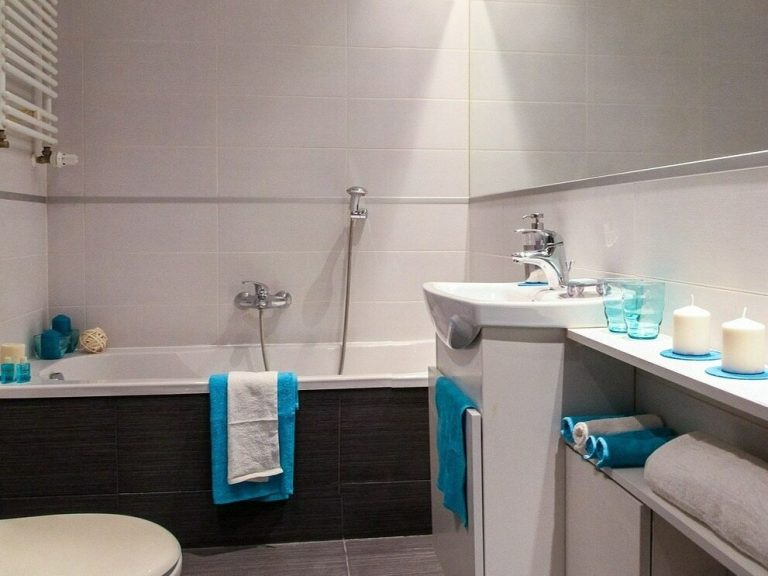These ships have only one function, but a “critical” one. There are about 50 of them swimming

There are approximately 50 units operating on the seas and oceans, specializing in repairing damaged submarine cables. They have just been joined by the French ship Sophie Germain, owned by the Orange concern.
The development of telecommunications services and high-speed Internet require an increasingly dense network of underwater cables. It’s easy to damage something in this undersea tangle, so cables regularly break in various sections. When this happens, the failure must be repaired as quickly as possible, using a special vessel equipped with the necessary equipment. There are about 50 such ships in the world. They will soon be joined by another one: the French concern Orange has just added the EUR 50 million Sophie Germain unit to its fleet (the ship was named after the 18th-century French mathematician and physicist).
Companies know that time is of the essence when cables are damaged
This is the seventh ship of this type in the fleet of Orange Marine, a subsidiary of Orange. The main base is located in the military port of La Seyne-Sur-Mer in the south of France, “strategically located between China, the United States and Africa,” Bloomberg describes.
“It’s close to Marseille, where 16 internet cables terminate, and other important stations, including: Genoa and Barcelona. Orange is contractually obliged to send Sophie Germain or another repair vessel based in Sicily within 24 hours of the customer reporting a cable fault,” the agency reports. Because time is of the essence in the operation of this type of ships.
The 100-meter vessel is expected to perform about one repair mission per month in the Mediterranean, Red and Black Seas for clients including Meta Platforms Inc., Telecom Italia Spa and China Telecom Corp. The ship will help maintain 70,000 kilometers of cables, enabling internet traffic to flow between Europe, Africa and Asia.
How do these types of ships work?
Sophie Germain is equipped with an underwater robot that can dive to a depth of 3,000 meters in search of a damaged cable and bring it to the surface for repair. After boarding, a new cable up to 50 kilometers long is retrieved from the warehouse and each strand of fiber is carefully connected. The robot then places the sealed cable into the ocean floor. The whole process takes about three days.
Orange Marine generates €150 million in revenue per year – a small fraction of Orange’s annual sales of €43.5 billion, but its importance is primarily strategic. “In the face of competition and the financial power of big tech, maintaining our own infrastructure is crucial,” Orange CEO Christel Heydemann said in a speech at the new unit’s christening on Thursday.
Cable damage is most often caused by fishing activities of fishermen or anchors dropped by other vessels. Less often, but this is not excluded, the sources of damage are earthquakes and rockslides. Since the damage to the Nord Stream pipeline by undisclosed perpetrators, governments and operators have been devoting special attention – and significant resources – to protecting critical communications infrastructure.






